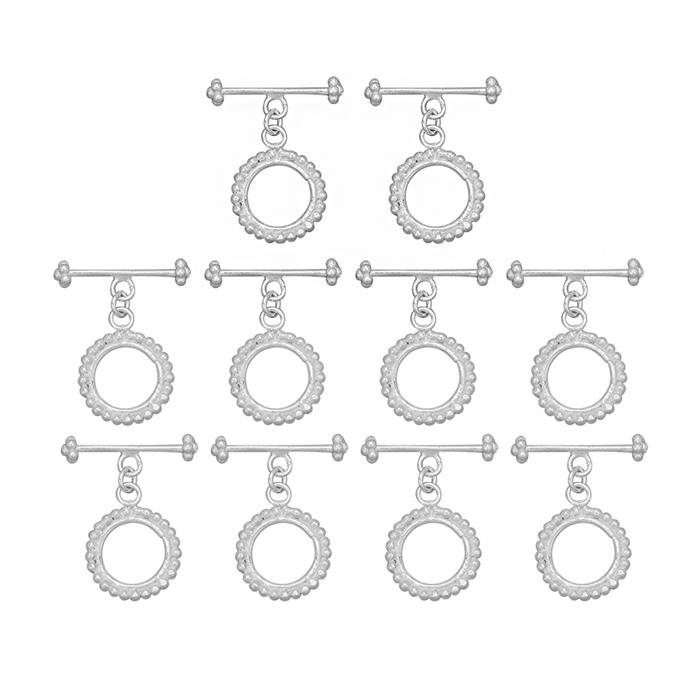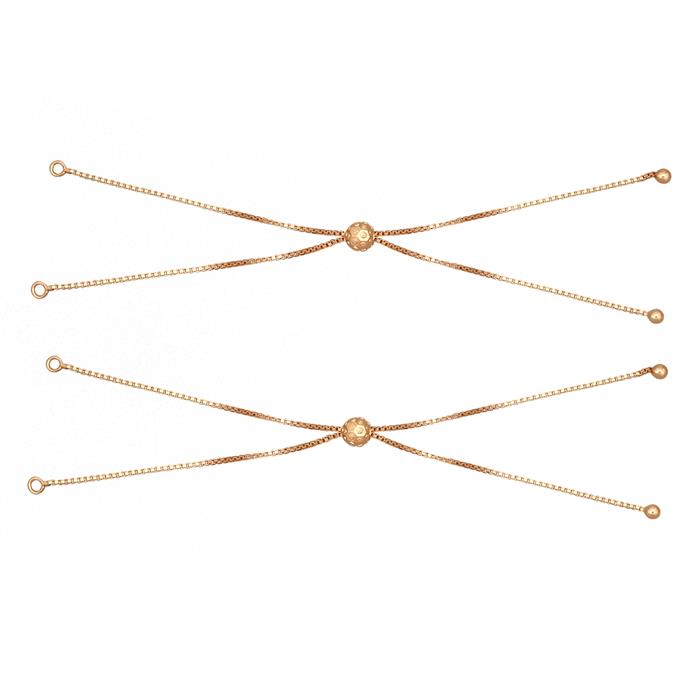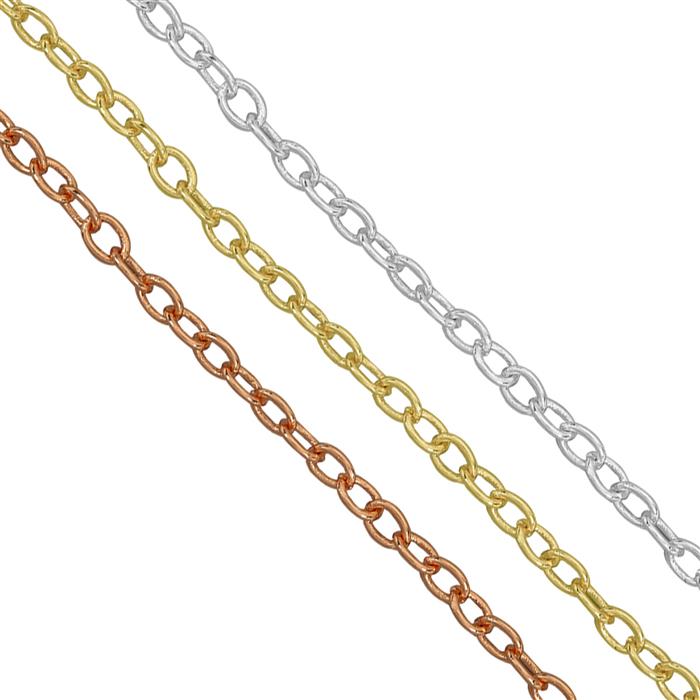A Guide to Jewellery Findings for Necklaces and Bracelets
What are findings? And why are they so important to jewellery making?
Hopefully, you have already read our guide to Basic Findings and Earring Findings, if not take a read of them first!
We've said it before, but Findings really are the ‘nuts and bolts’ of making jewellery, they are small metal components that connect the various sections of jewellery together. You will always need a good selection of these and will need to top up your ‘stash’ so that you don’t run out of anything important!
We have a huge selection of findings which you can shop here:
Shop Findings
Here’s a guide to get you in the know on what basic finding does what when making Necklaces and Bracelets!
Bolt Ring Clasps
This is a clasp with a spring-loaded sliding bolt, it is used to fasten necklaces and bracelets.
How to use: Bolt ring clasps come with a small additional loop where you can use a jump ring to secure it to the end of your jewellery.

Lobster Clasp
This is an elongated clasp with a spring-loaded hinge and opens like a lobster claw, it is used to fasten necklaces and bracelets.
How to use: Lobster Claw clasps come with a small additional loop, where you can use a jump ring to secure it to the end of your jewellery.

Multi Loop Clasp
This clasp has multiple loops meaning you can make multi layered jewellery and still only need one clasp.
How to use: Attach your threading materials to each of the loops on one side then add your beads to the desired length, secure each one to its corresponding opposite. The clasp slides apart so you’re not limited to over the head designs.

Box Clasp
Box Clasps comprise of a box and tongue fastening and are often found in vintage style jewellery.
How to use: Squeeze the tongue to insert or remove it from the box, when you let go the tongue springs back into shape. Attach your threading material to the loops at either end. Some box clasps have an additional clip for added security.

Magnetic Clasp
A Magnetic clasp is useful for securing necklaces when you have dexterity problems or can’t see to fasten a clasp.
How to use: Each half of the finding contains opposing poles that magnetize together to close the clasp. Both halves have a loop on the outside edge, secure your threading material to one of them and then feed on your beads as normal, then secure the thread to the second half and the magnet works as a clasp.

Toggle Clasp
A Toggle clasp consists of a ring and a T-Bar and they are used to secure bracelets and necklaces.
How to use: You need to separate the T-Bar from the Ring by undoing the jump ring that holds them together, use one half on either end of your bracelet/necklace and to fasten, push the T-Bar through the Ring. This then relies on the weight of the piece to hold it closed. Although less secure than a spring locking clasp, it is unlikely to come undone if the bracelet you are wearing is not too big.

Shop All Clasps
Wire Guardians
These horseshoe shaped metal findings are used to protect silk threads from the friction caused by repeated open and closing of a clasp on pearl bracelet/necklace.
How to use: Feed the silk thread up one side of the guardian, over the top and down through the other side, then attach a clasp using a jump ring through the middle of the guardian.

Bead Caps
A Bead Cap is a decorative embellishment to cup a round bead of the same size.
How to use: Simply thread on a bead cap either side of the focal bead to give a decorative embellished look.

Spacer Beads
Spacer Beads are usually made of either base metal or Sterling Silver, these beads are used to space out your gemstones.
How to use: Simply thread your spacer beads onto your threading material between other beads and gemstones.

Charms
Charms are small attractive trinkets that can be added to your jewellery for decorative effect.
How to use: Use a jump ring to hook through the loop on the top of the charm to then secure it to a chain.

Sliders
Sliders enable you to make adjustable length bracelets and necklaces without needing extender chains. Sliders are mostly made from metal or cord and are available for both bracelets and necklace lengths.
How to use: Simply create a connector and secure it between the two loops, then use the slider to adjust it to fit.

Bezel Cups
Bezel Cups are pre-made settings that are made to fit cabochons and used to create pendants.
How to use: These findings are like a small tray with a deep enough rim to encase a cabochon, you can glue the stone into place or use a pusher tool to fold the edge over. They also work well with Resin and Polymer Clay.

Extender Chains
An Extender Chain is a small section of additional chain to make your necklace or bracelet longer.
How to use: Attach your Extender Chain to the end of your necklace or bracelet and then fasten it to the end of the additional section, to give you a longer overall length.

Thanks for taking the time to read our little guide on Findings for Necklaces and Bracelets!
We hope this has helped make the world of jewellery making easier to understand. With all the right findings, you can make anything!
Shop Findings
Happy making!
JM

